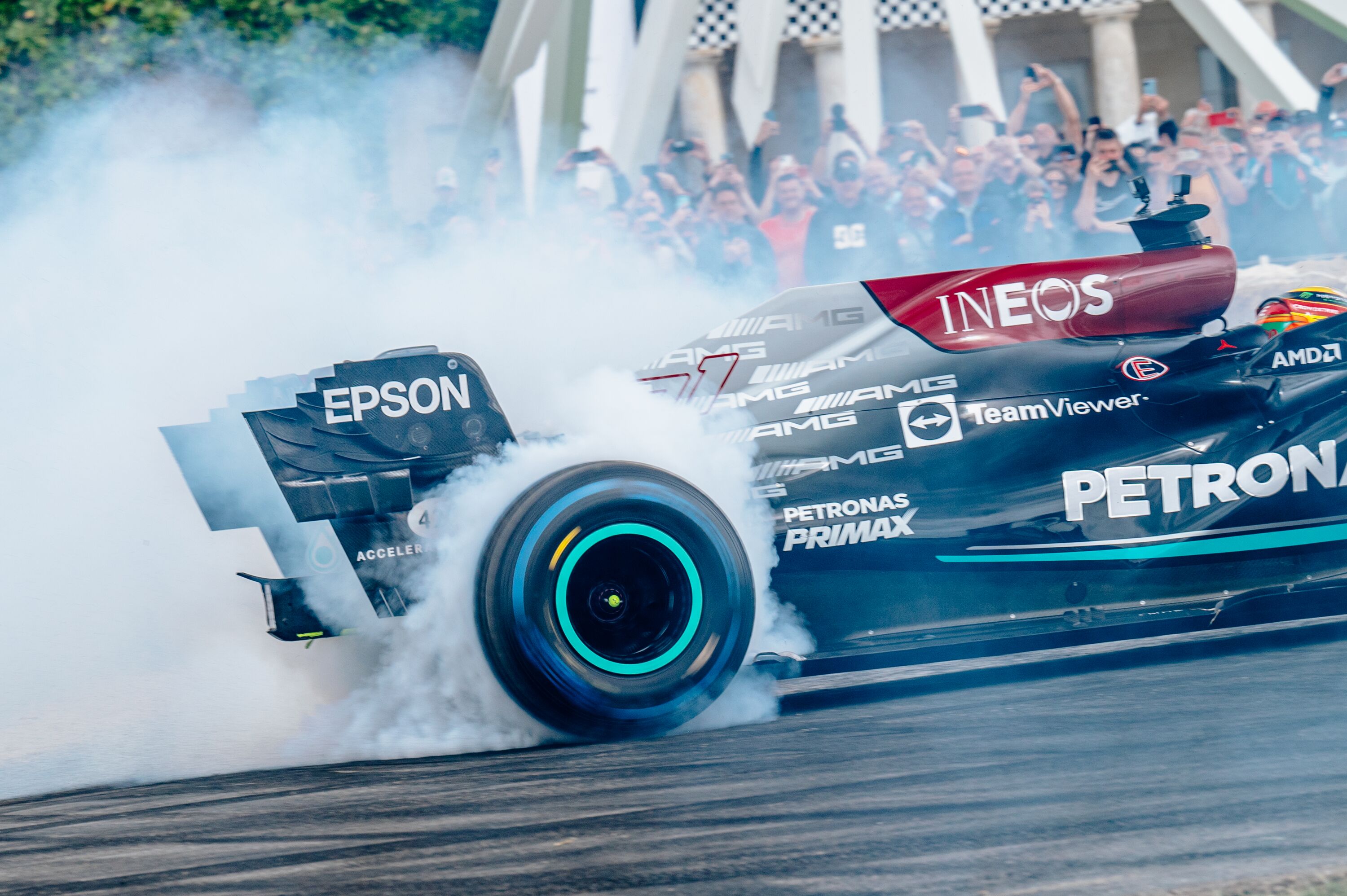Meet the future of BMW – the iNext concept
Everything BMW knows about personal mobility of the future is crammed into the iNext concept revealed today. The large SUV-sized car – it’s as big as an X5 – is set to spawn a production version in 2021 as part of an electric masterplan that includes electric Mini next year, electric X3 in 2020 and a total of 12 pure electric cars by 2025.

With the dramatic new concept, BMW is giving its “i” electric branding – first introduced 10 years ago and then made popular with the i3 in 2013 – a big shot in the arm. The biggest and boldest BMW i concept so far will evolve into a production machine destined to be BMW’s technology flagship.
In concept form as shown, it is futuristic but also familiar, with conventional proportions fronted by a big kidney grille – we have to start referring to the now-blanked-off aperture as an “intelligence panel” since its use is to house sensors rather than admit air.
BMW familiarity extends to its four-eyed face, dynamic stance and kinked window line from the i3, reminding us that while it is more than capable of driving itself autonomously, this is also a BMW aimed squarely at the driver. “Ultimate driving machine” may have given way to “sheer driving pleasure” but the ethos is thankfully the same.
To drive it yourself you put it in Boost mode, when the person behind the steering wheel has control of what would inevitably have to be a brace of pretty brawny electric motors, though no performance specifics are available. You interact with the car and all its systems by hailing the iNext assistant with the words “Hey BMW”. “Hey”, followed by the manufacturer’s name, is rapidly becoming the salutation of choice among the car companies for in-car communications.
If you want the car to do all the work choose the Ease option. This retracts the steering wheel, the car assumes control (where, when – or if – it is allowed to do so) and the cabin becomes what BMW calls a “comfortable and fashionably furnished living space” on wheels.
Other interesting ideas proposed by the iNext feed on this desire for a homely ambience, hence the rear sofa-like seating, muted colours, ”coffee table” centre console, materials like cloth and wood and minimalist design with “shy tech” – as in stuff that’s hidden way when you don’t need it. BMW says it’s even looking into replacing screens with projection devices that turn any surface in the car into an interactive display.
Before iNext materialises into the 2021 X5, or at least a version of it, the BMW Group will be unveiling the first battery-electric three-door Mini in 2019, rounding off a Mini choice between combustion engine, plug-in hybrid or battery-electric vehicle (BEV).
After that the X3 goes electric in 2020, as the iX3 concept becomes a production reality, and the first purely electric BMW ever. Up against the Jaguar I-Pace, Mercedes-Benz EQ and Audi E-tron, the electric SUV will feature a modular, fifth-generation eDrive package of motor and transmission that is a key building bock of all BMW’s electric plans.
The company says this new tech will have considerable benefits to performance, operating range, weight, packaging space and flexibility. BMW cites 266bhp and a range of 249 miles on the new WLTP cycle for the first electric X3.
BMW
iNext















